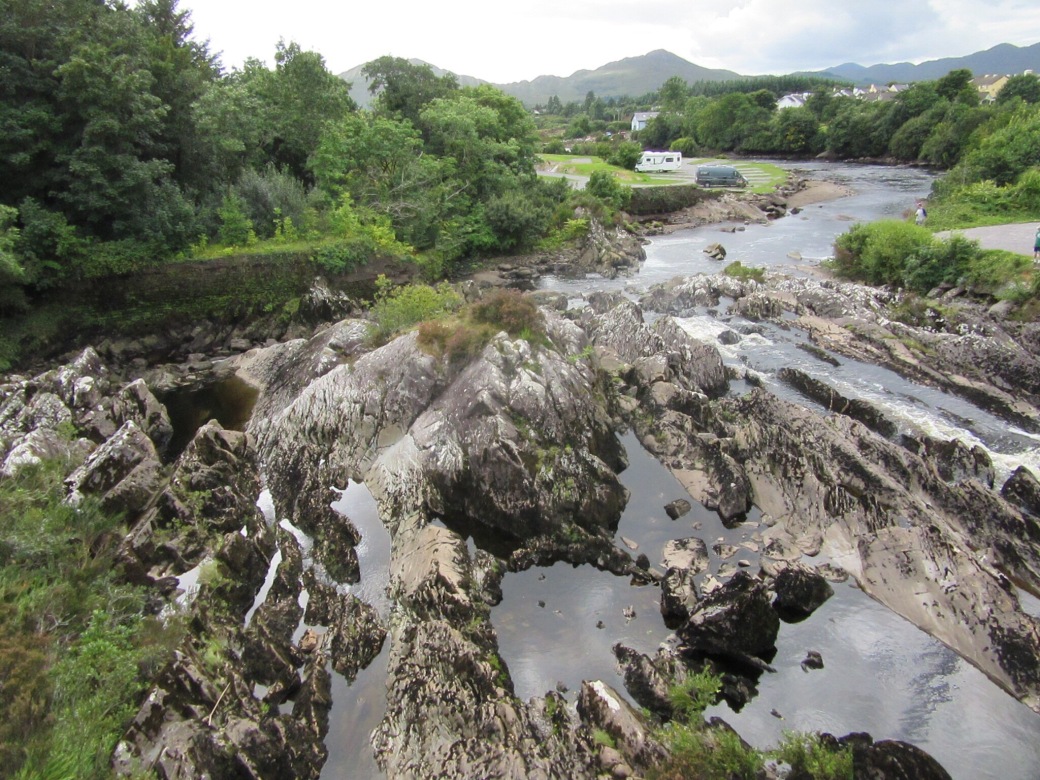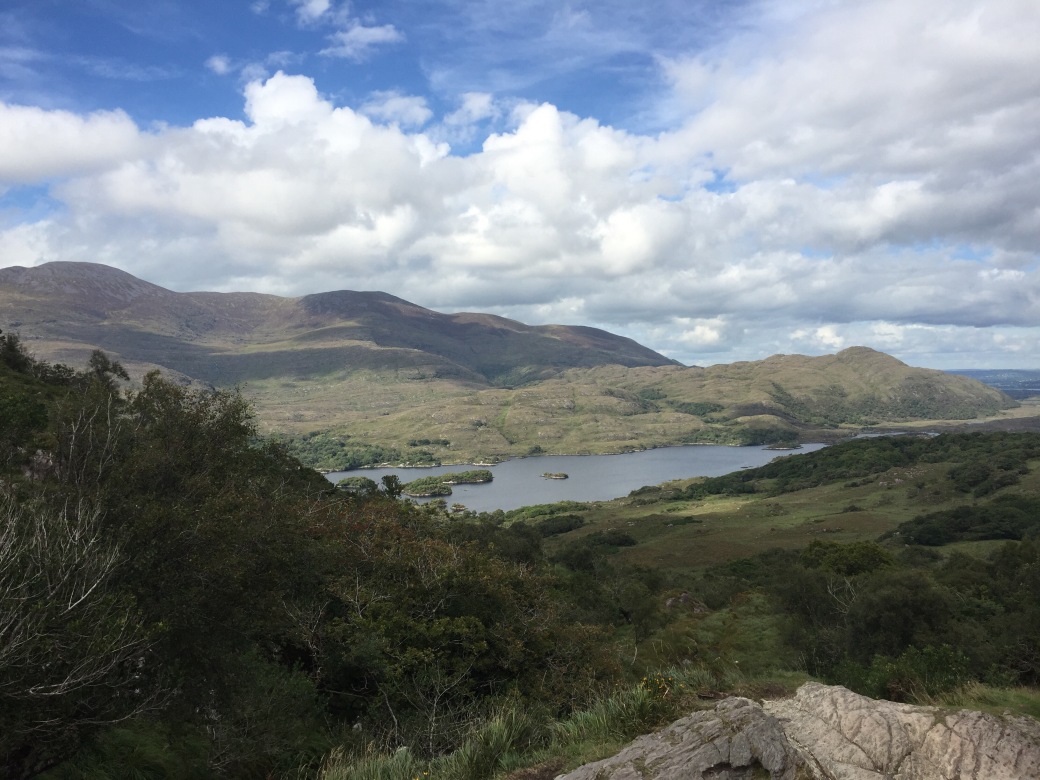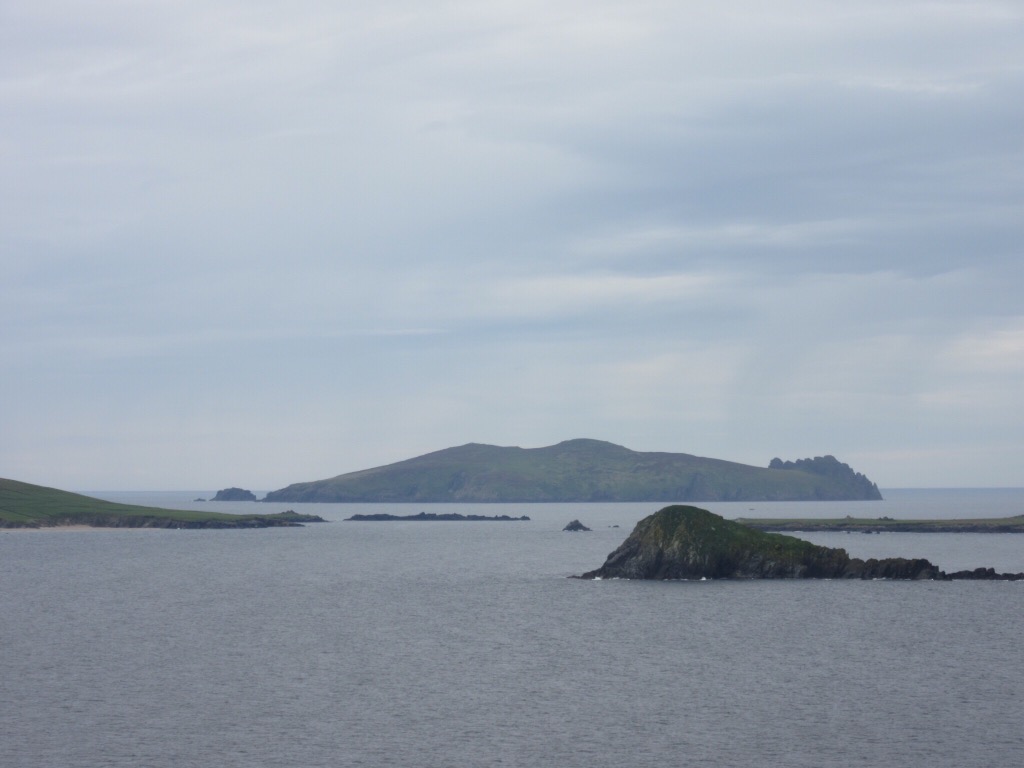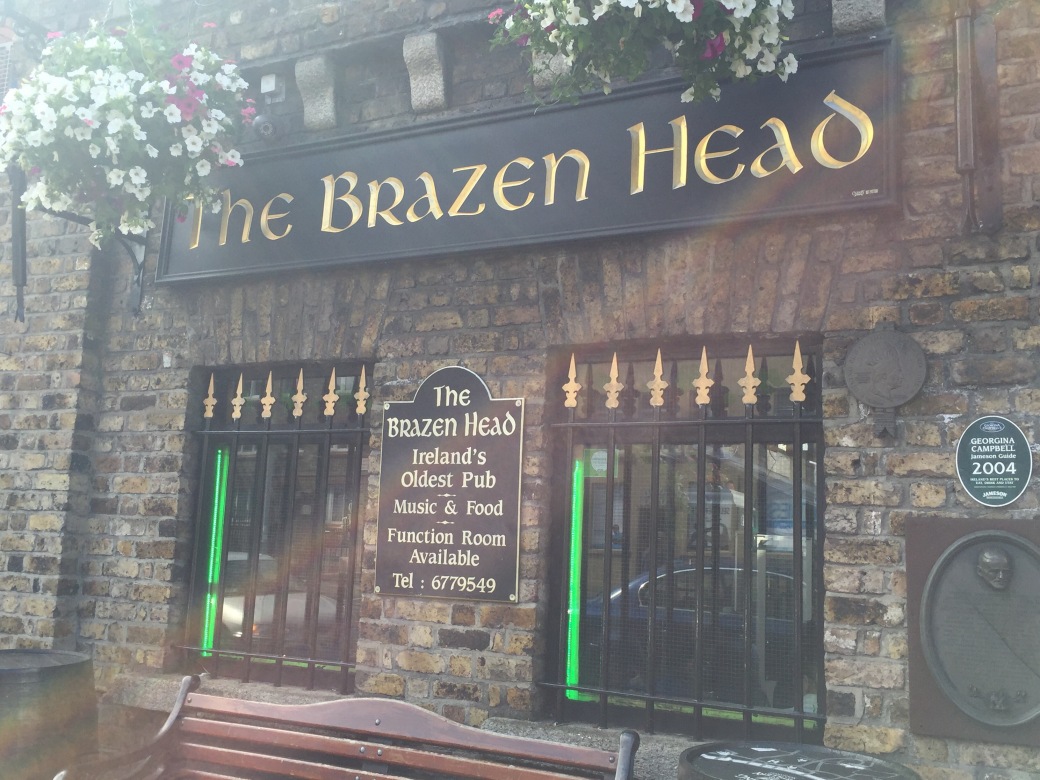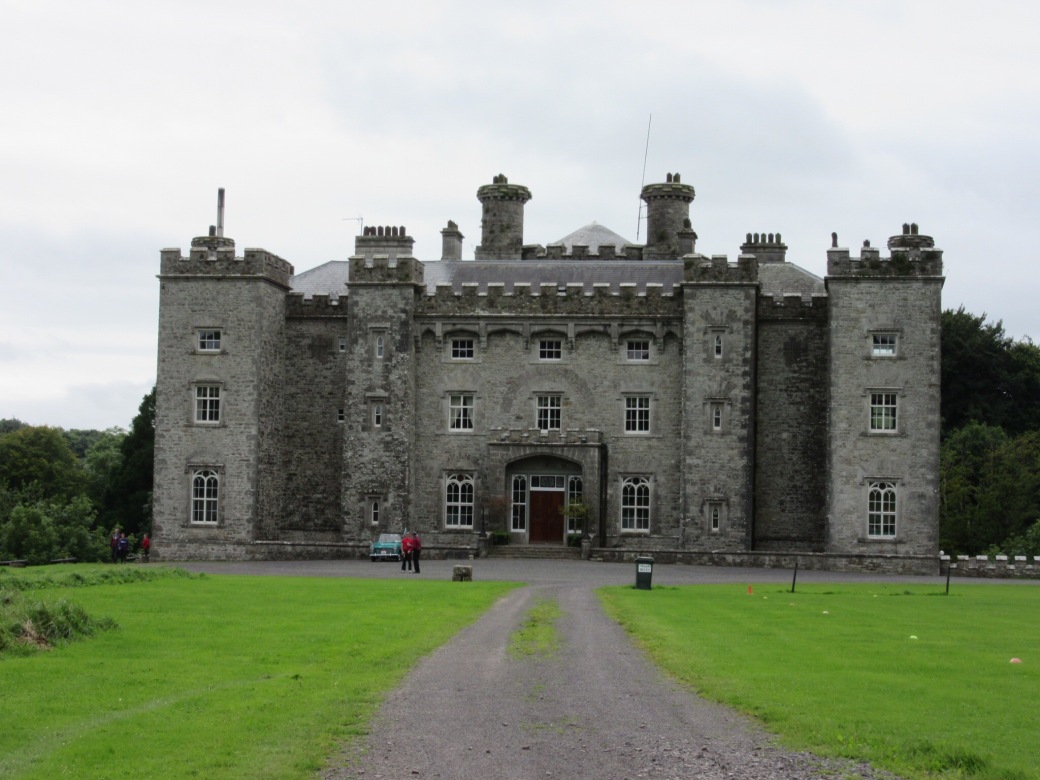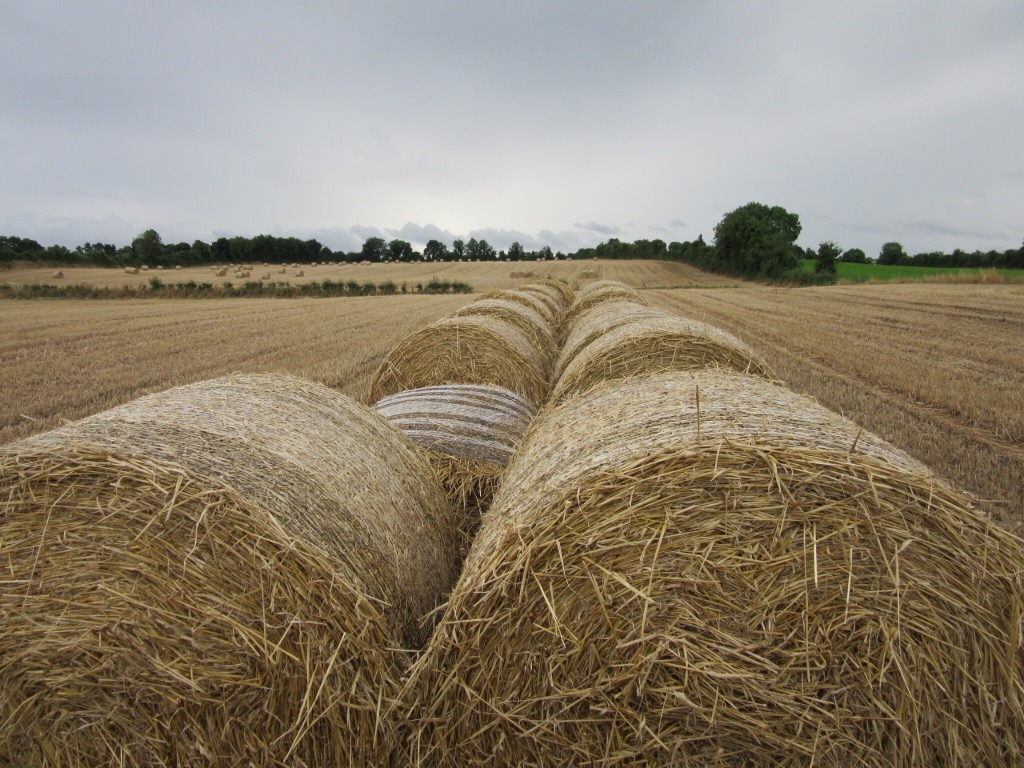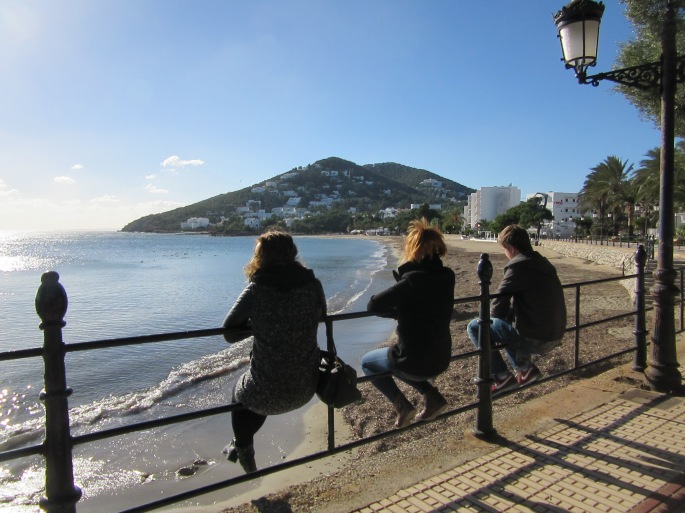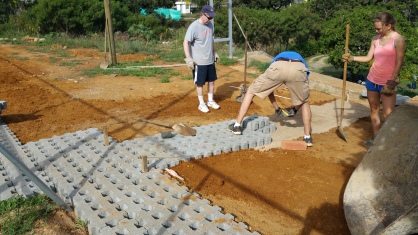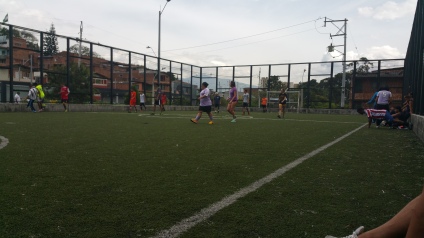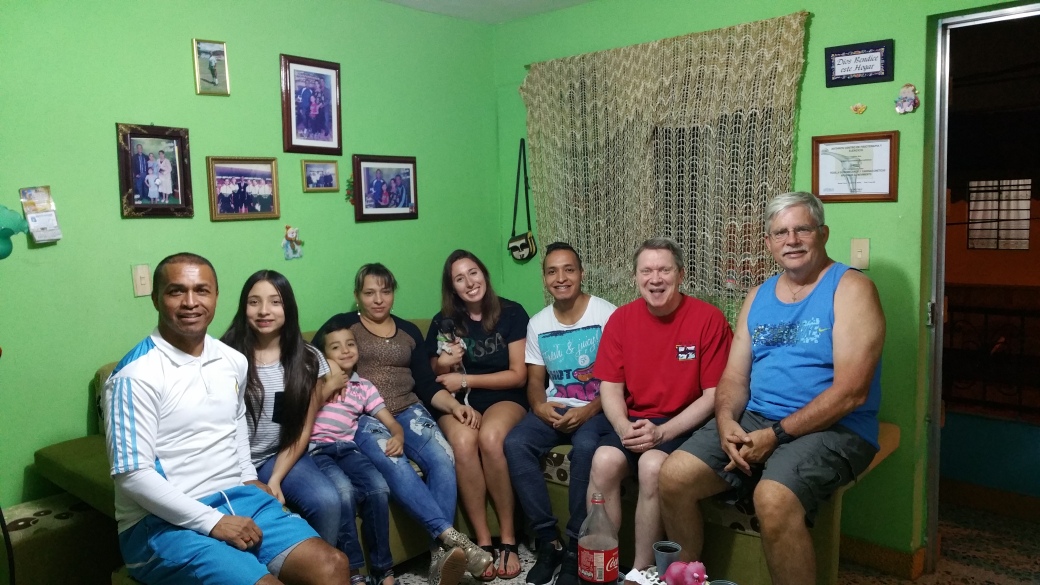Dublin is as green and grand as I had imagined. My adventure began in Navan, Ireland, just northwest of Dublin’s city center where a friend of mine lives. Between Navan and Dublin City Centre is a wonderful balance between the beautiful countryside, intricate architecture and a pride for Guinness beer.
Navan
Slane Castle (Slane, Boyne Valley): Constructed in 1785, Slane Castle overlooks the Boyne River of Meath County. The owner, Lord Henry Conyham lives there to this day. In 1991, a fire in the castle caused an estimated 2 million pounds worth of damage. After a ten-year restoration, it reopened in 2001 and continues to offer tours. Although I didn’t take an inside tour, the exterior alone is very impressive. Since 1981, the grounds are often used for rock concerts, since it’s landscape creates a natural ampihiteatre with an 80,000 person capacity. Artists including The Rolling Stones, Queen, Madonna and David Bowie have performed on the grounds.

Bective Abbey Ruins (Bective, Meath County): Bective Abbey is a Cistercian abbey on the River Boyne that was founded in 1147. Although there isn’t much left of the structure it’s still a cool place to explore. It’s known as one of the locations for shooting the film Braveheart in 1995.

Trim Castle (Trim, Meath County): Trim is the most touristy attraction of the castles I visited, but for good reason. Trim is a Norman castle built in the 12th century on the south bank of the the Boyne River and it’s the largest Norman castle in Ireland. The bridge that leads to the front gate over a moat makes for a grand entrance to the inside area of the ruins. This castle is also well known as a film location for Braveheart. After visiting the castle, the surrounding town is worth a walk-around. The streets and buildings are quaint and colorful. It’s a great place to grab lunch at a local Irish pub after visiting the castle across the street.

Dublin City Center
For tourists who aren’t able to check into their accommodations until later in the afternoon, I highly recommend dropping your bags off at the Tourist Center on O’Connell street. For only 5 euros per bag, it saves time and money to conveniently check your bag in at the office and explore the city without the hassle of carrying around your luggage.
Guinness Storehouse: We started our tour of the city centre with the Gunniess Storehouse, which I highly recommend for the start because it’s one of the furthest attractions of the centre. It was more than I imagined it would be with its 5-story high self-guided tour from production to restaurants, and a stunning view over the city. The tour starts at the center where the 9000-year contract signed by Aurther Guinness himself sits beneath your feet inside a glass display. An orator gives you some background to the Guinness history and your self-guided tour begins. It’s an amazing display with signs and visual effects to paint a picture of the process from cropping, fermentation, and maturing, all the way to bottling and advertising. My favorite parts were The Tasting Room and the Guinness Acadamy, both of which are interactive tasting sessions. In the tasting room are four stations, each with there own aroma that combine to make the Guinness scent. You receive a sample-sized glass and proceed to a room where an orator explains the different sensors of your taste buds, and how it combines to give your to stout taste of a Guinness. After the tasting room, we headed to the Guinness Academy, where your ticket comes with a free pint of Guinness. But this is not just a beer that’s handed to you. In groups of about 10 people, an expert explains the steps to pouring a bereft pint from the tab. One by one, everyone gets the chance to pour their own pint of beer and you receive a printed certificate with you name on it, proving you’ve taking the “course” to pour a perfect pint. Overall, the Guiness Storehouse was one of my favorite experiences in all of Dublin.

The Brazen Head: After the Guinness Storehouse, we headed over to The Brazen Head for lunch. What’s special about Brazen Head is it’s the oldest pub in all of Ireland, dating back to 1198. What I enjoyed about the atmosphere of the pub was walking through an archway and that opens into a small courtyard with both indoor and outdoor seating, and multiple bars on all four sides of the courtyard. It was cozy, authentic and very decently priced.

St. Patrick’s Cathedral: What makes St. Patrick’s Cathedral unique is the beautiful park that’s situated directly in front of it. The inside of the cathedral is beautiful with stainglass, detailed architecture with arches, and an ornately-decorated alter. Although it costs about 6 euros to go inside, the park is free to stroll through. From the back of the park is a spectacular view of the cathedral with flowers, greenery and people lounging in the sun. It’s a great stop to read a book or have a picnic. 
St. Stephen’s Green: The historical park and garden is comparable to Central Park in NYC. It’s a 9-Hetacre square of greenery in the middle of Dublin Centre. The middle of the park has a roundabout walkway the splits in different directions of the park with shady trees all around. Many student from Trinity College, along with locals and tourists alike take a break from the hustle and bustle of the urban landscape. There are ponds with plenty of ducks and swans to feed and benches for reading or naps.

Grafton Street: We stumbled upon Grafton Street, which is a well-known pedestrian shopping street in the city centre. It was full of people listening to street performers, eating ice cream and browsing the shops. It’s a nice area to walk through on your way to Trinity College which is just on the other end of the area.

Trinity College: Right next door to St. Stephen’s Green is Trinity College — the sole constituent college of the University of Dublin that was established in 1592 — is well worth a walk through. The architecture is something like no other, with cobble stone pathways and a open green recreational field that gives it a campus feel separate from the city centre. Two buildings in particular that are worth touring are the chapel and the library. Built in 1798, the chapel’s interior reflects the college’s Angelican heritage, with tall stainglass as the backdrop of the alter on the far side upon entering. The Library is the largest research libary in Ireland and impressive in size. It contains about 5 million books, along with manuscripts, maps and printed music. 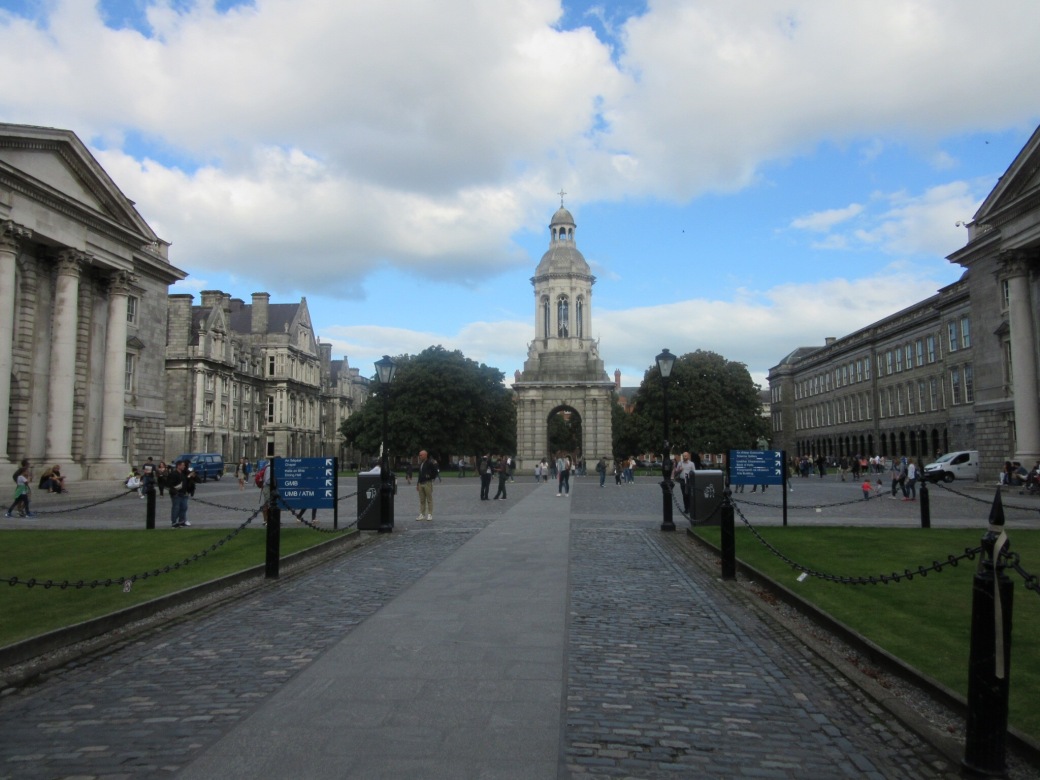
Temple Bar: Temple Bar is an area on the south bank of the River Liffey and is known as the cultural quarter of Dublin. It’s a great place to get dinner and enjoy a few drinks into the night. It’s full of restaurants and pubs with outdoor seating, music and the like. It’s great even just to walk through as it depicts what many imagine when they think of Irish nightlife.

There is plenty more to do in Dublin than the few highlights I was able to get to. Here are some other well-known sites that are worth checking out: Kilmainham Gaol, Christ Church Cathedral, Old Jameson Distillery, Dublin Castle, and the General Post Office.
53.344096
-6.267486



